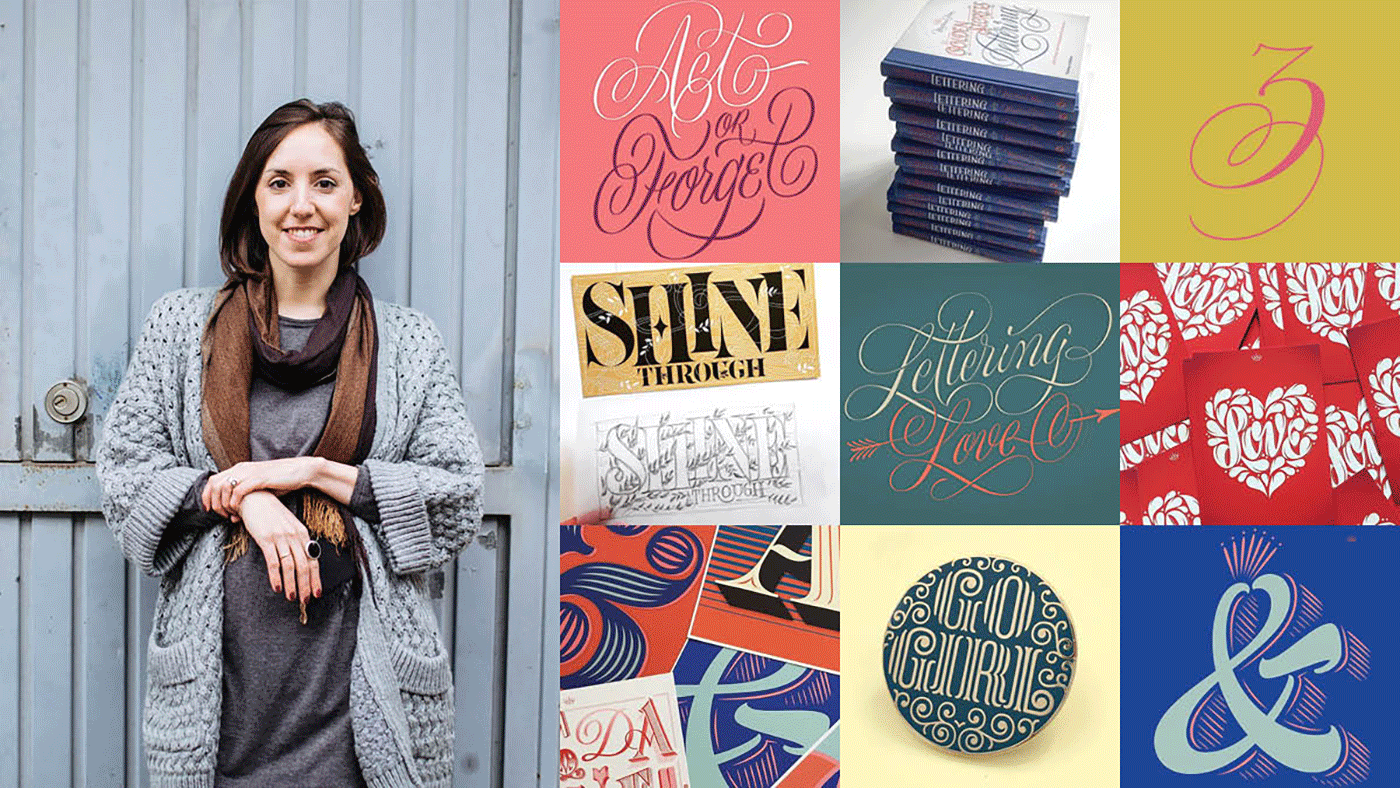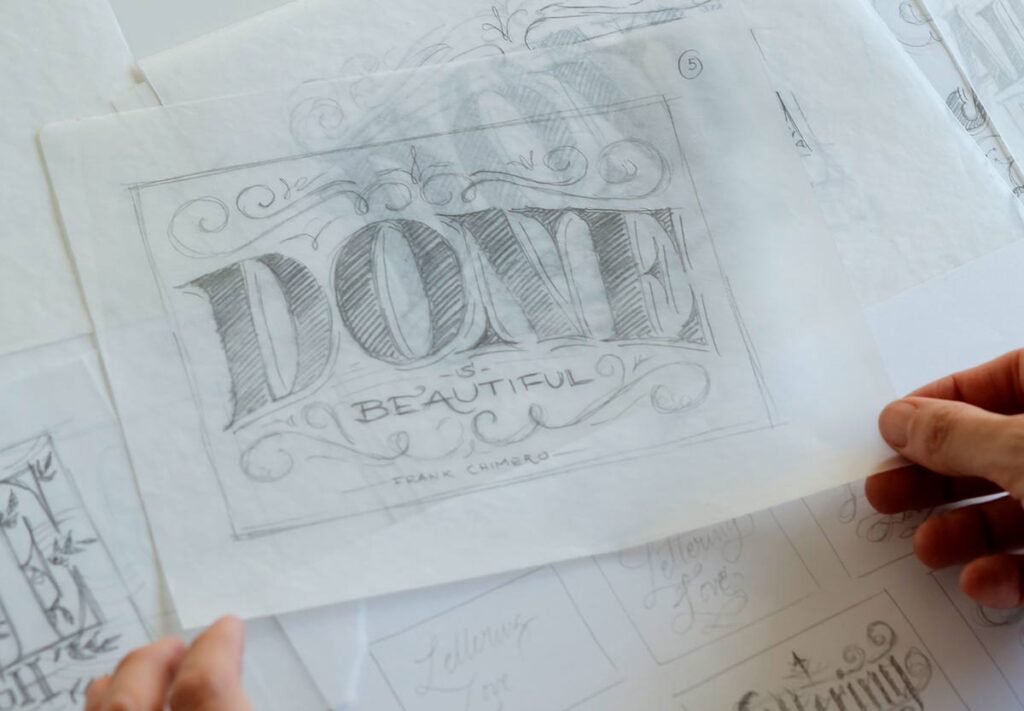
The power of observation is a tool that enables you to analyze shapes and evaluate your design. If you know where to look, the best solutions for a successful lettering piece can often be found in your drawing.
How can you hone your observation skills? The first step is to start looking at lettering with a critical attitude. This involves trying to discover the logic behind it. You can analyze a typographic piece from its overall picture to its particularities—in other words, from the obvious (the big picture) to the not so obvious (the details). The details can help you understand the larger whole. Let's look at some things you can pay attention to when trying to spot the flaws in your lettering piece.
The style
In letter design, there are various (if not thousands!) of styles. However, we can separate them into two big umbrella categories: the roman letter shapes and the script or cursive letter shapes. If the letters fall in the first category, you can start asking questions: Do they have serifs? What is their shape? Are they all looking more or less similar?. If otherwise, the letters fall in the category of cursive letterforms, you will pay attention to other things like the rhythm and the connections, for instance, and you will check if those are consistent throughout the piece.
PRO TIP: Consistency is a widely used concept in lettering design. It refers to a few design decisions that are applied repeatedly in all the elements.
The slant
The slant is the degree to which letters are slanted and this is easy to spot when you look at a lettering piece. Are letters sitting upright? Are letters leaning to one side? And if so, are they all leaning as much, or is there any "rebel letter" that is just following its own rules? If so, go ahead and fix that!
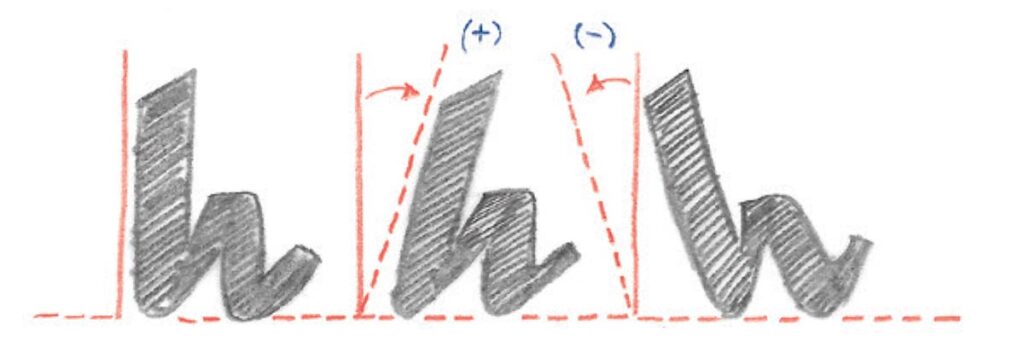 Slant: The degree to which the letters are slanted.
Slant: The degree to which the letters are slanted.
PRO TIP: To spot the overall slant of your letters focus on the straight stems rather than the rounded shapes.
The spacing
The spacing is a big topic in letter design. Drawing letters is not only about the letter itself (the substance) but also about the space around them. We will just start by saying that spacing is the space between your letters. So, now, try not to focus on any specific pairs of letters, but rather keep an eye on the overall picture: do you see a "whole" or "blank" somewhere? Is there any pair of letters where the space looks bigger than in other pairs? Pay special attention to letters like A, V, or T, as they normally cause trouble due to the nature of their shape.
PRO TIP: consider making your capital T and your capital L narrower to avoid spacing problems.
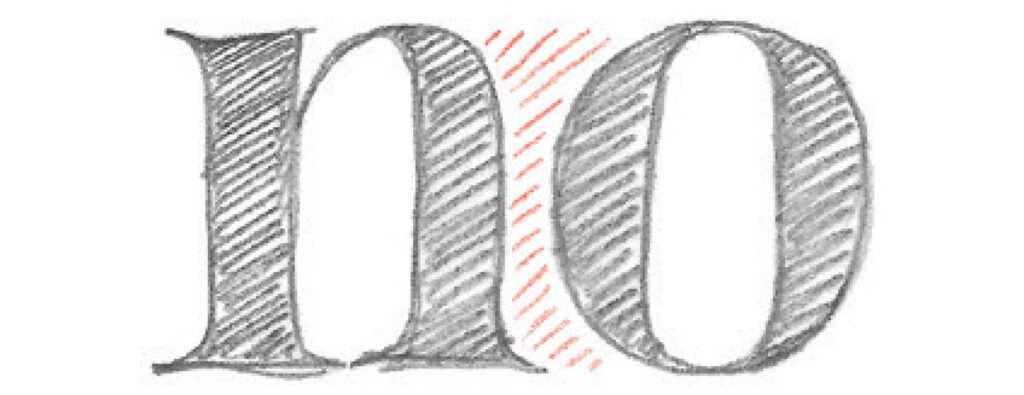
Spacing: the space between the letters.
The rounded shapes
The rounded shapes are those shapes that are based on a circle or oval, for instance, the O, the C, the Q. If your letters are lowercase, you'll find that letters like the e and d also fall in this category. Because of their curves, they are easy to spot, and therefore is easy to compare them and analyze their features: are they all as wide? Are they rounded or oval? Go ahead and try to make them look like they belong to the same family.

Rounded capital letter shapes.
PRO TIP: if you're drawing a script lettering piece, you'll find a lot more rounded shapes. No worries, is the nature of that specific style.
The strokes
Your letters are probably made of strokes that are thin and others that are thick, the big question here is: are they always the same? But wait, put that ruler down! It is not about their exact width, but about their optical width. Go ahead and adjust the strokes that look too thin or too thick.
PRO TIP: strokes need to look the same, not necessarily be mathematically equal. Trust your eyes!

Optical adjustment: drawing letters has few to do with mathematics. For instance, rounded strokes need to be thicker in order to look equally wide than straight strokes.
The easiest way to train your observation skills is by studying the lettering you find around you. You can do it while you ride the bus or walk your dog. First, identify the design’s overall shape. For example, you can ask yourself why a certain street sign was designed in a particular way and what connotations and qualities the sign is trying to convey. Are these letters “friendly” or “serious”? Are they modern or traditional? Is the sign expressing softness or rigidity? How are its letters shaped in order to give that expression? It is helpful to think about whom the sign targets and which set of letterforms and elements it uses to talk to its intended audience.
Furthermore, try to find room for improvement: Is there any gap in the design? Are there any alternative shapes for individual letters that could work better? Below is one of my favorite signs in Berlin. Is there something that you really like about it? Is there anything you'll do differently? Feel free to comment below!
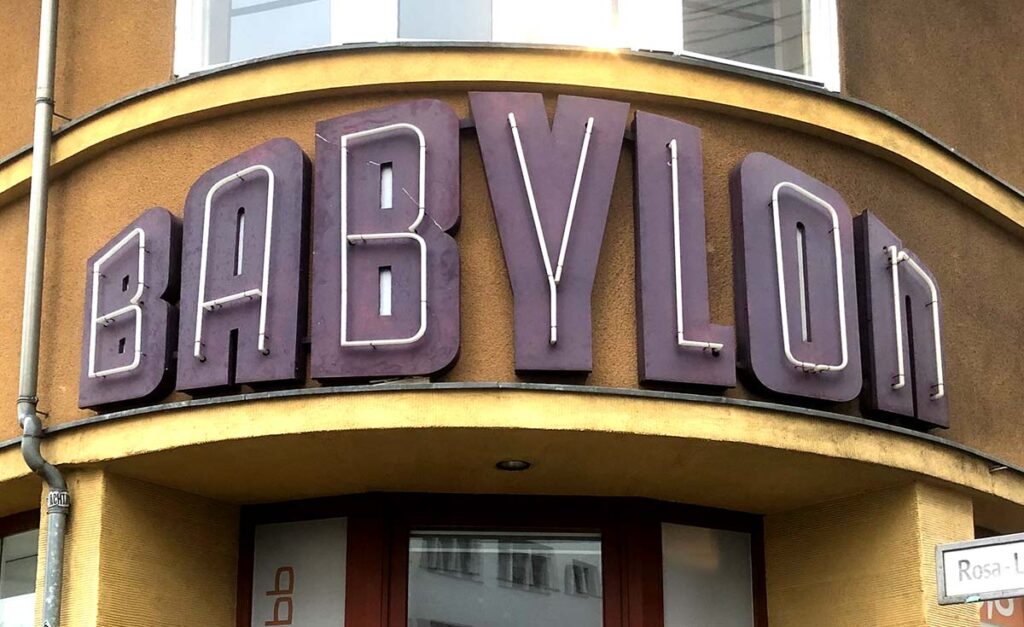
This sign is located in the facade of Babylon Berlin, opened in 1929 as one of the last silent movie cinemas.
Sign up for more lettering tips delivered to your inbox:

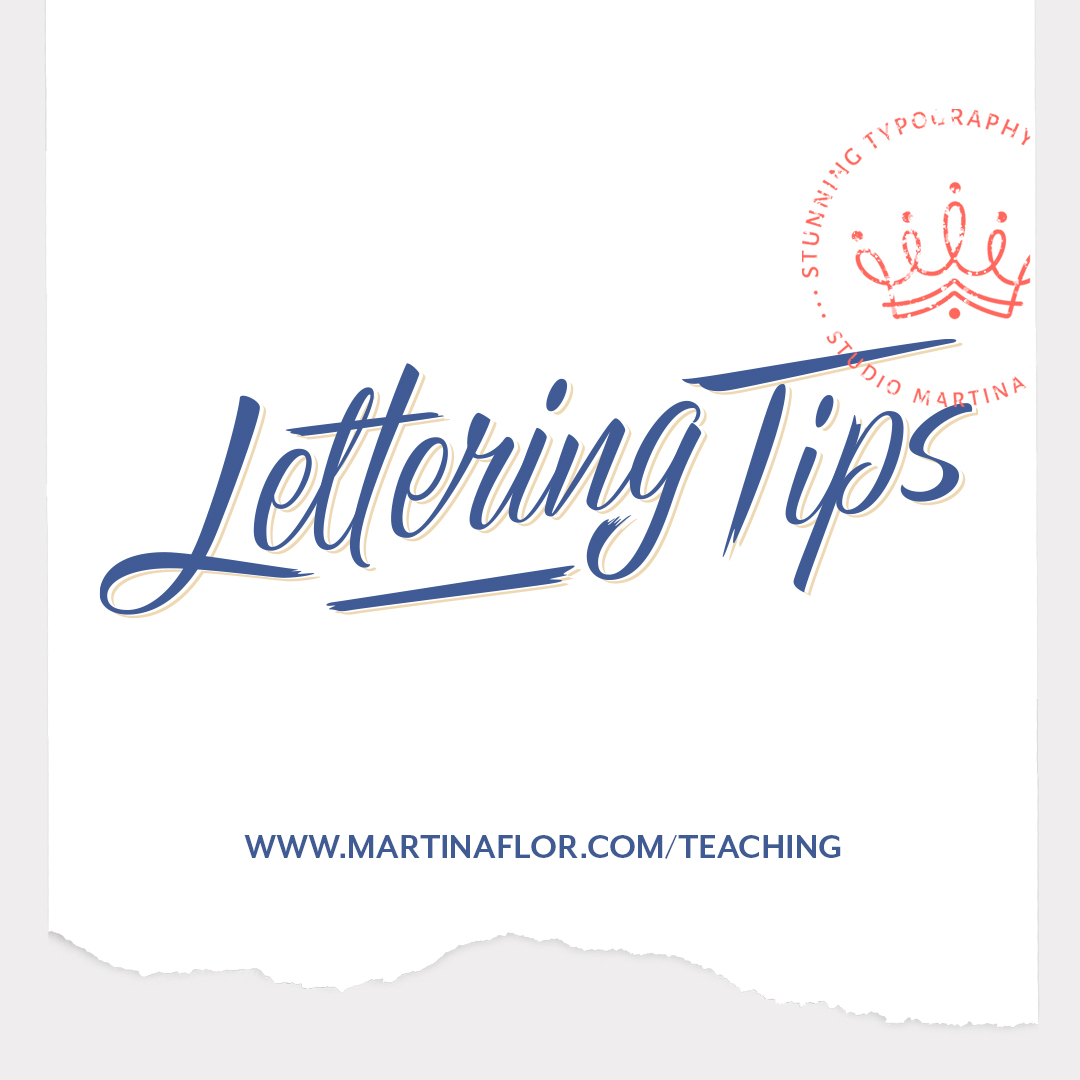
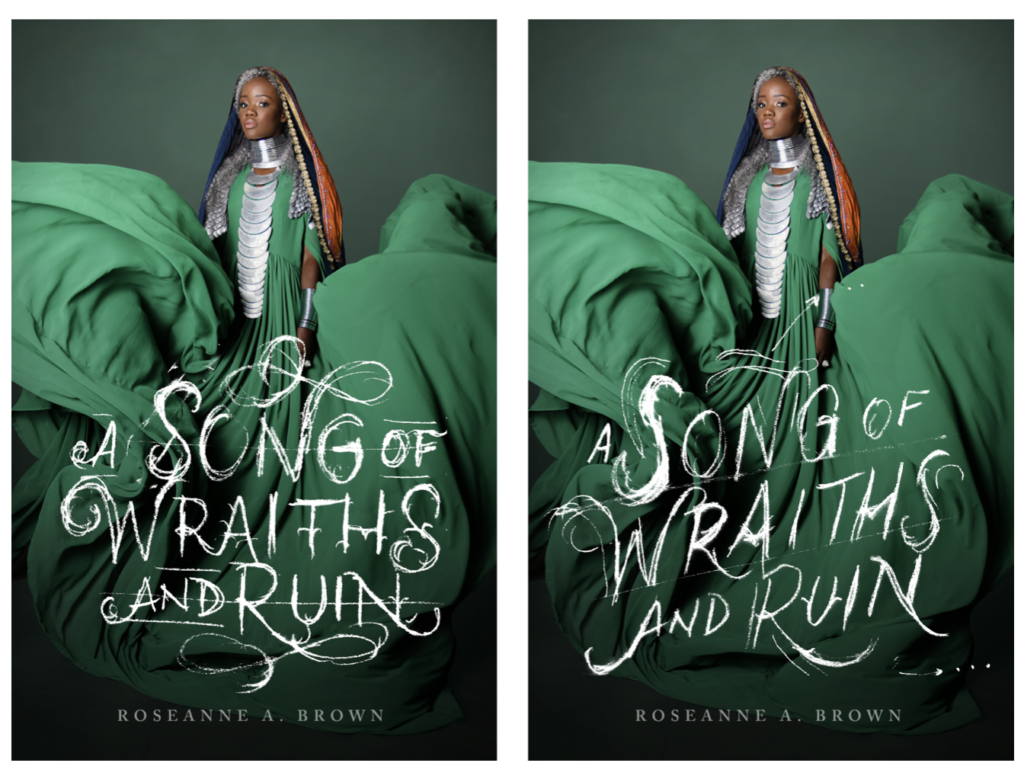
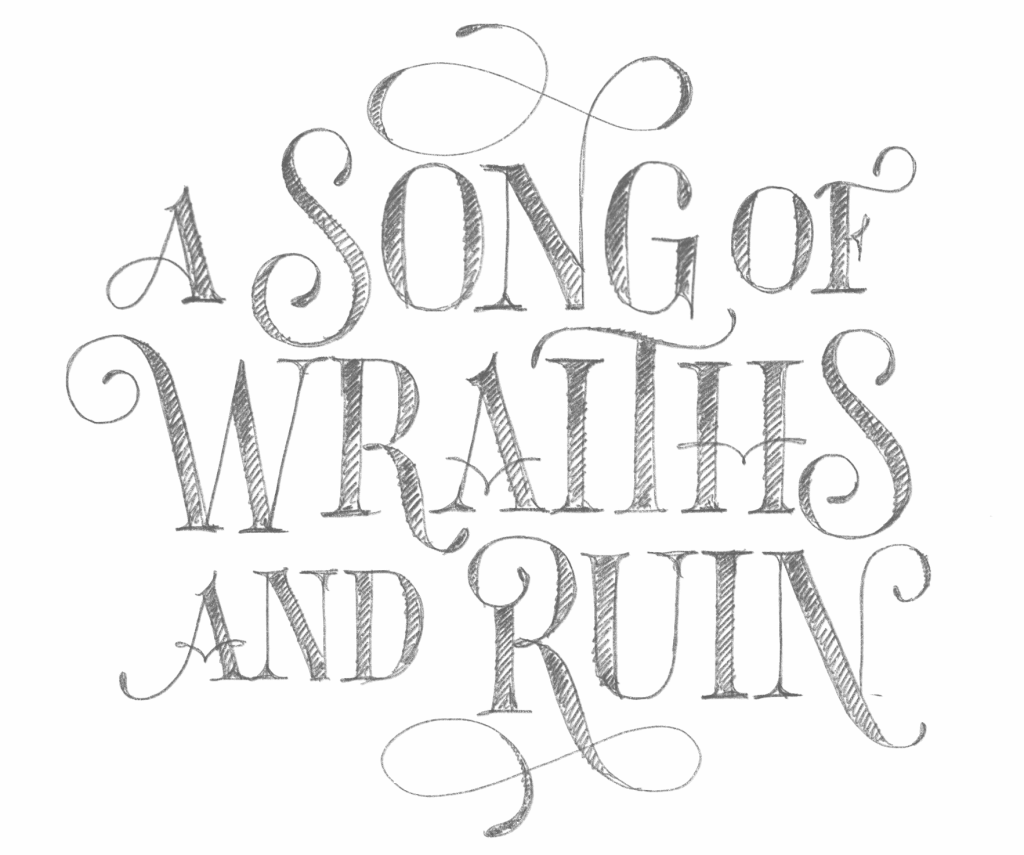
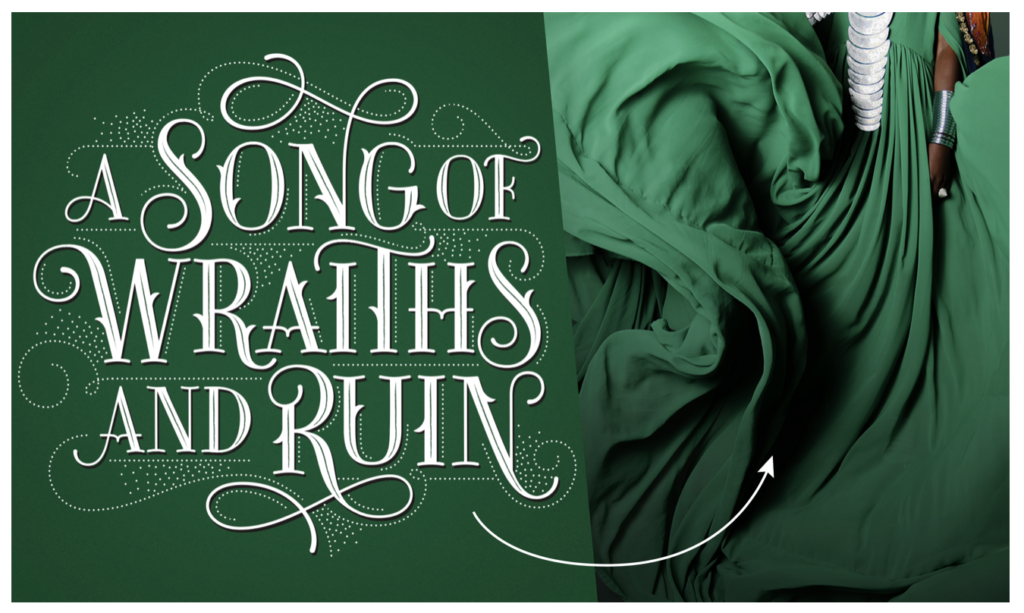
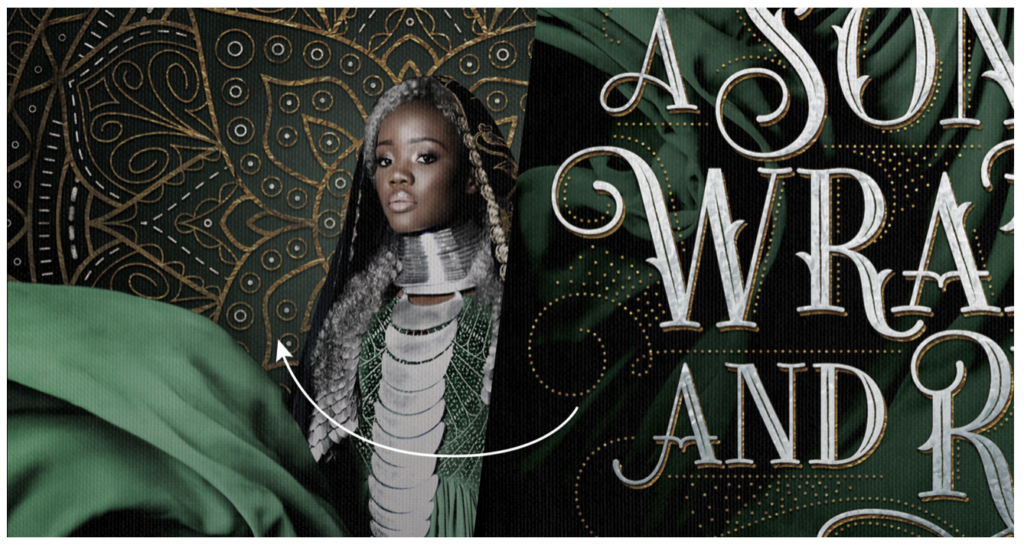
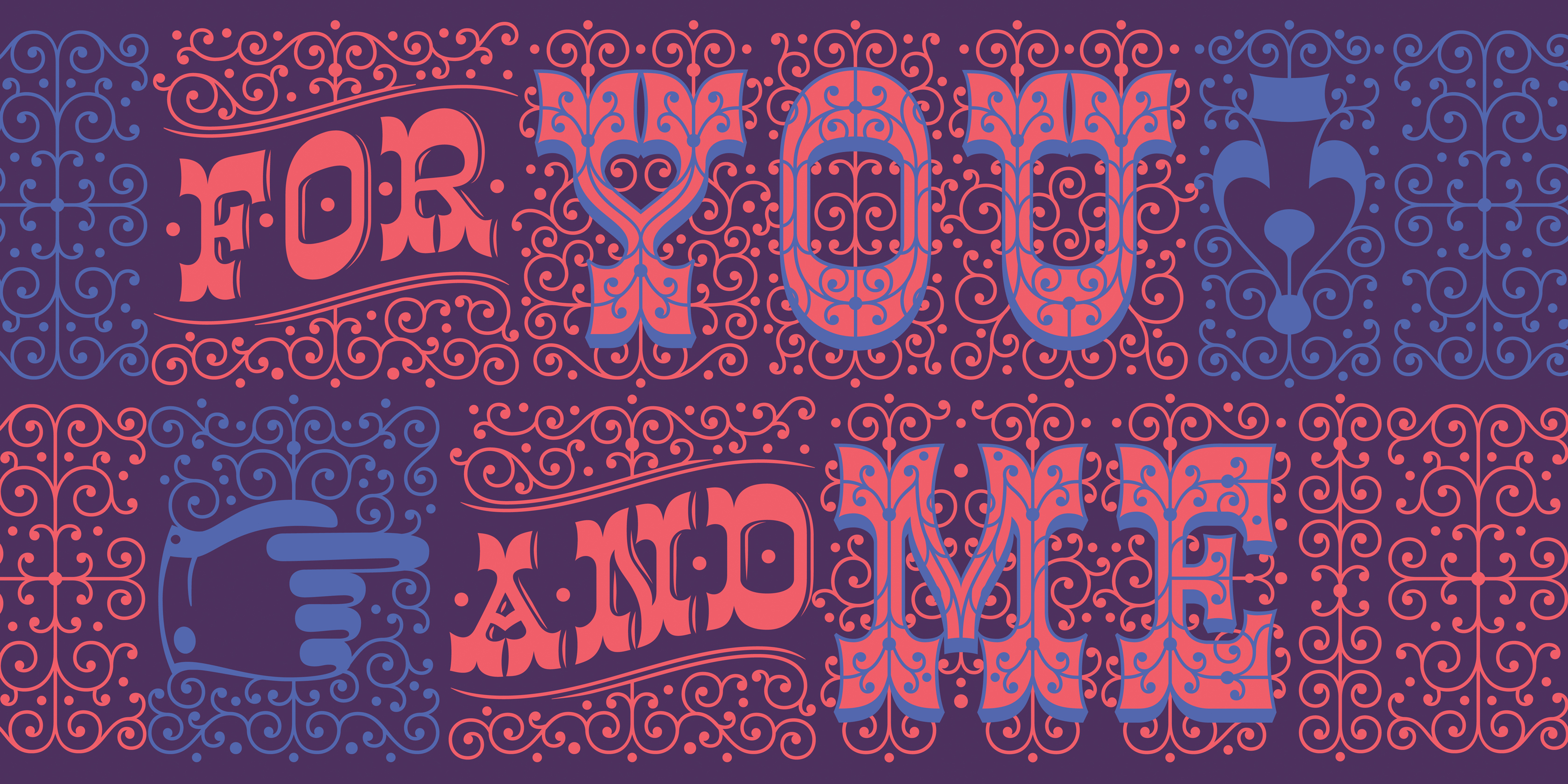
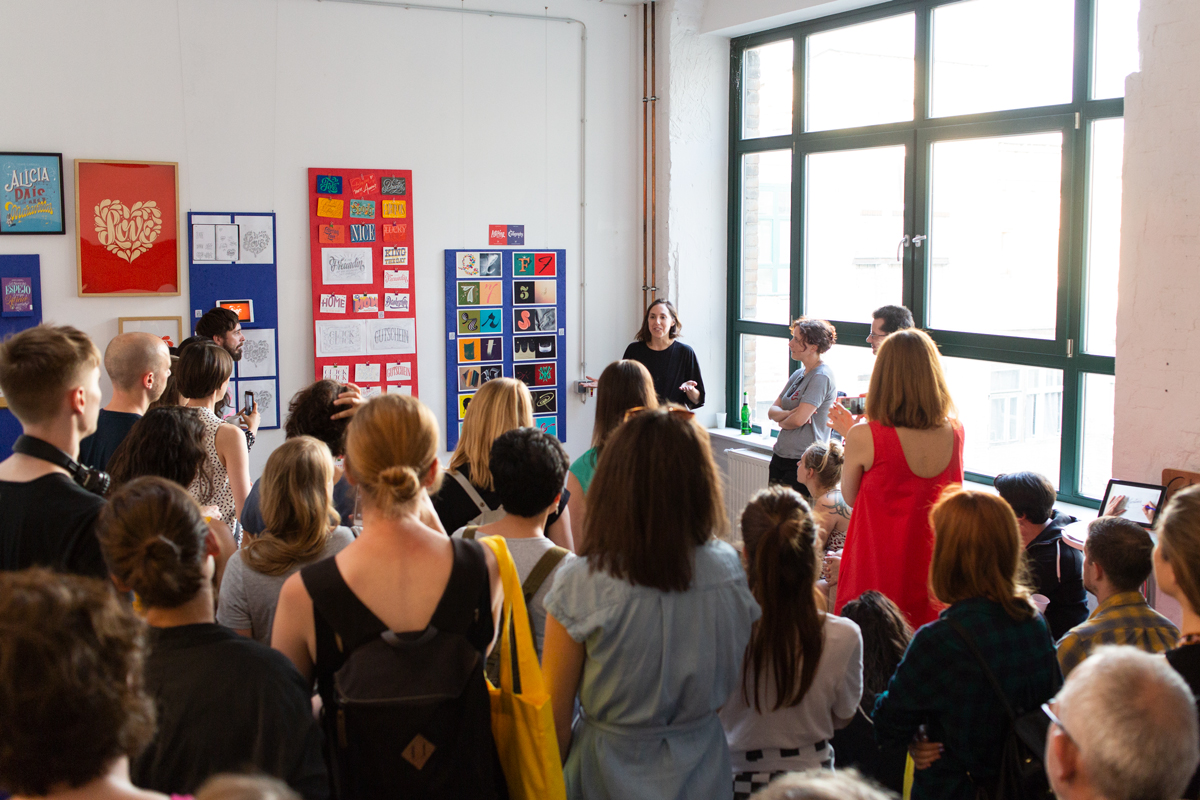
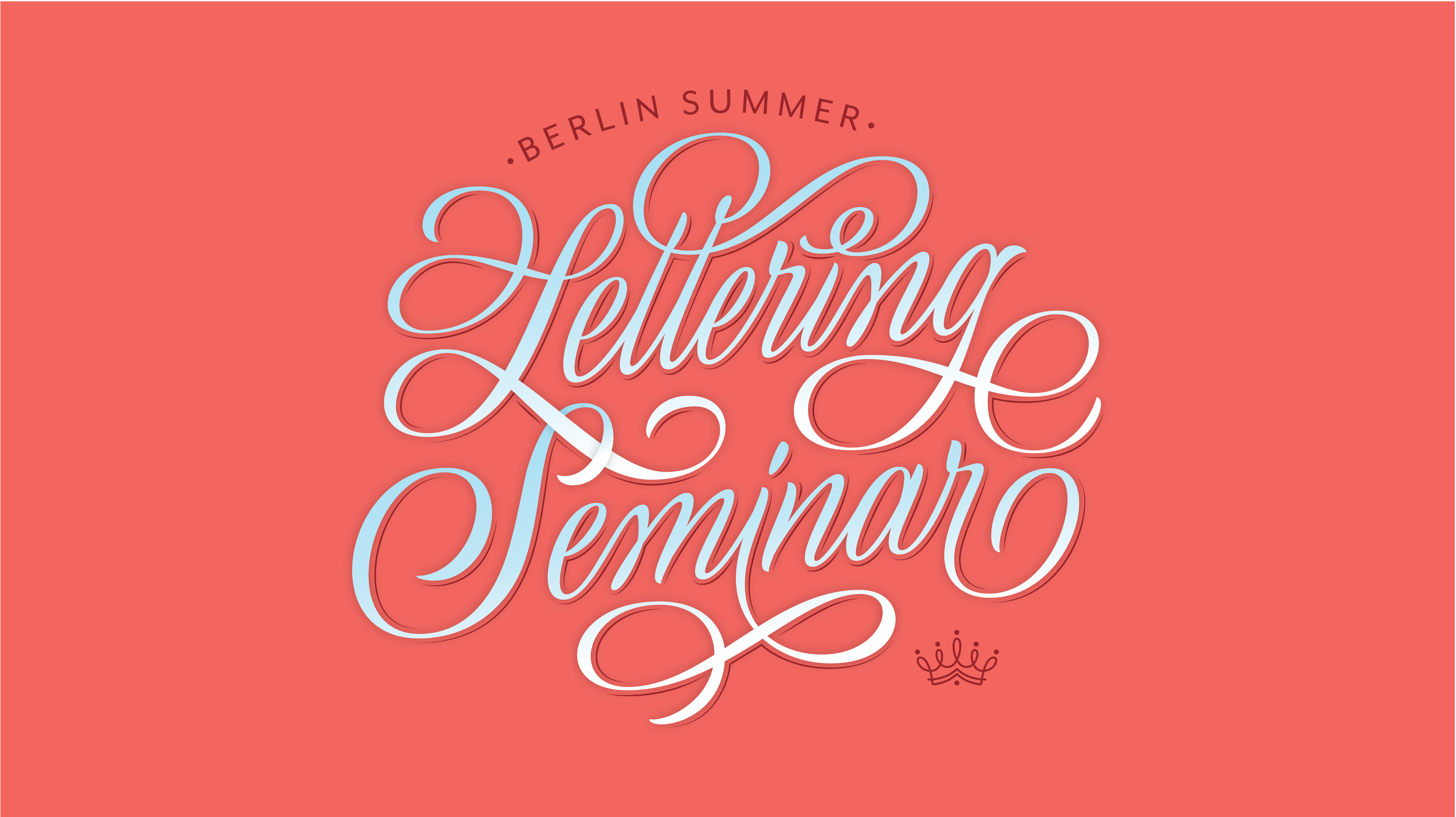
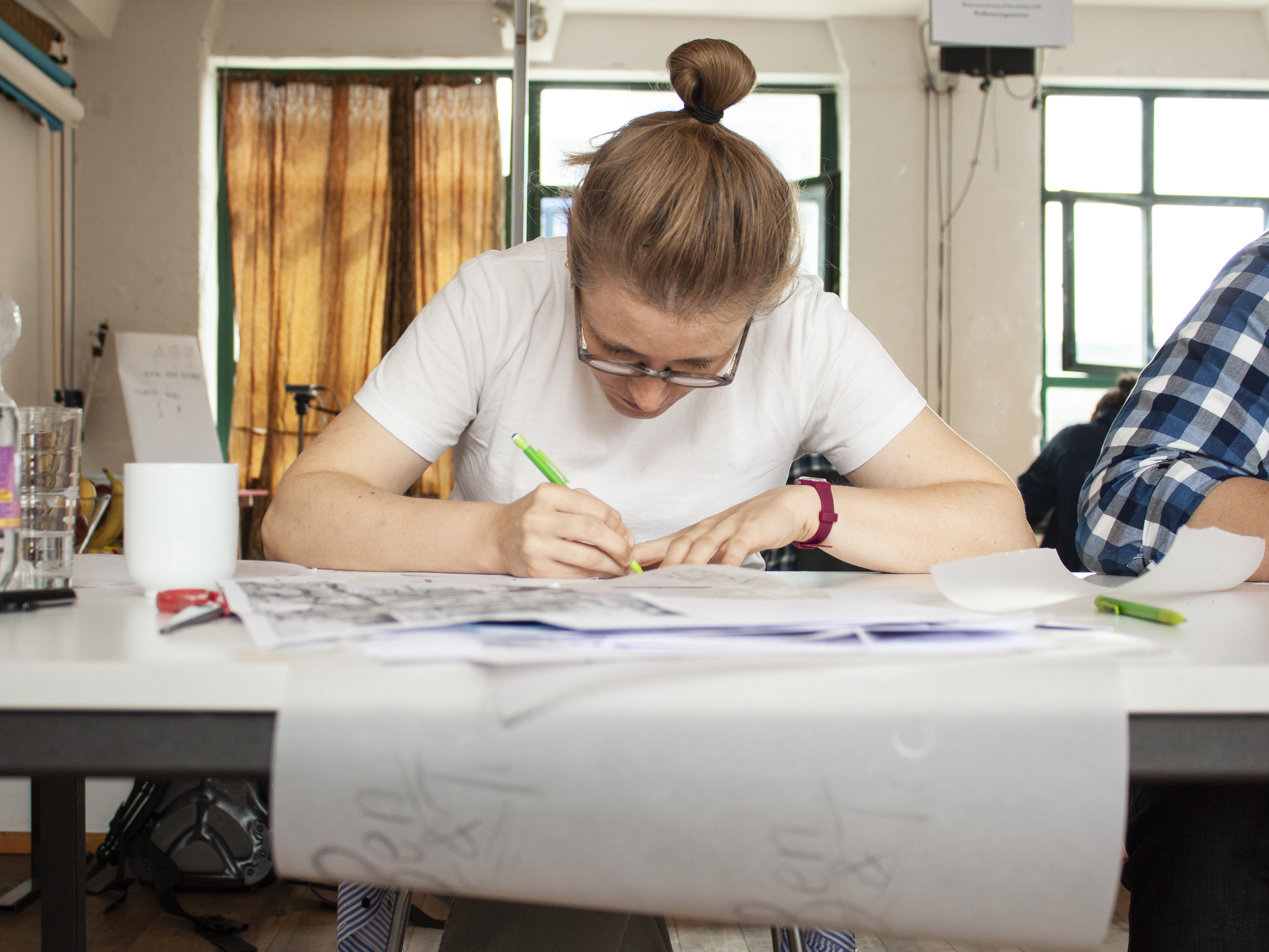
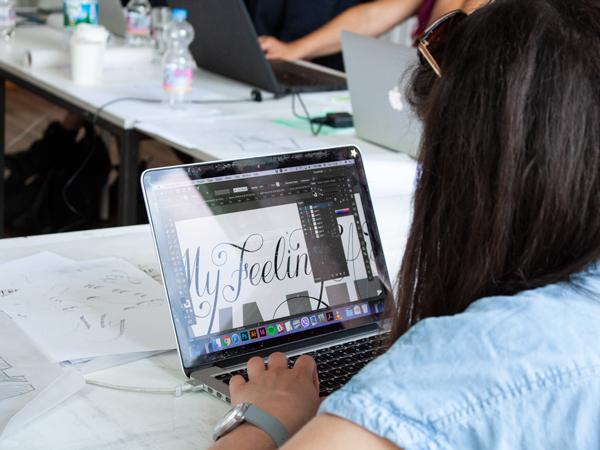
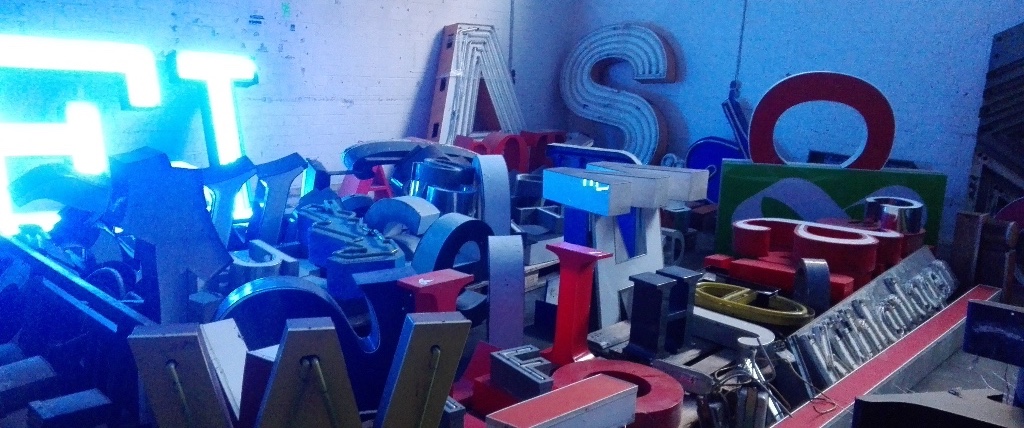
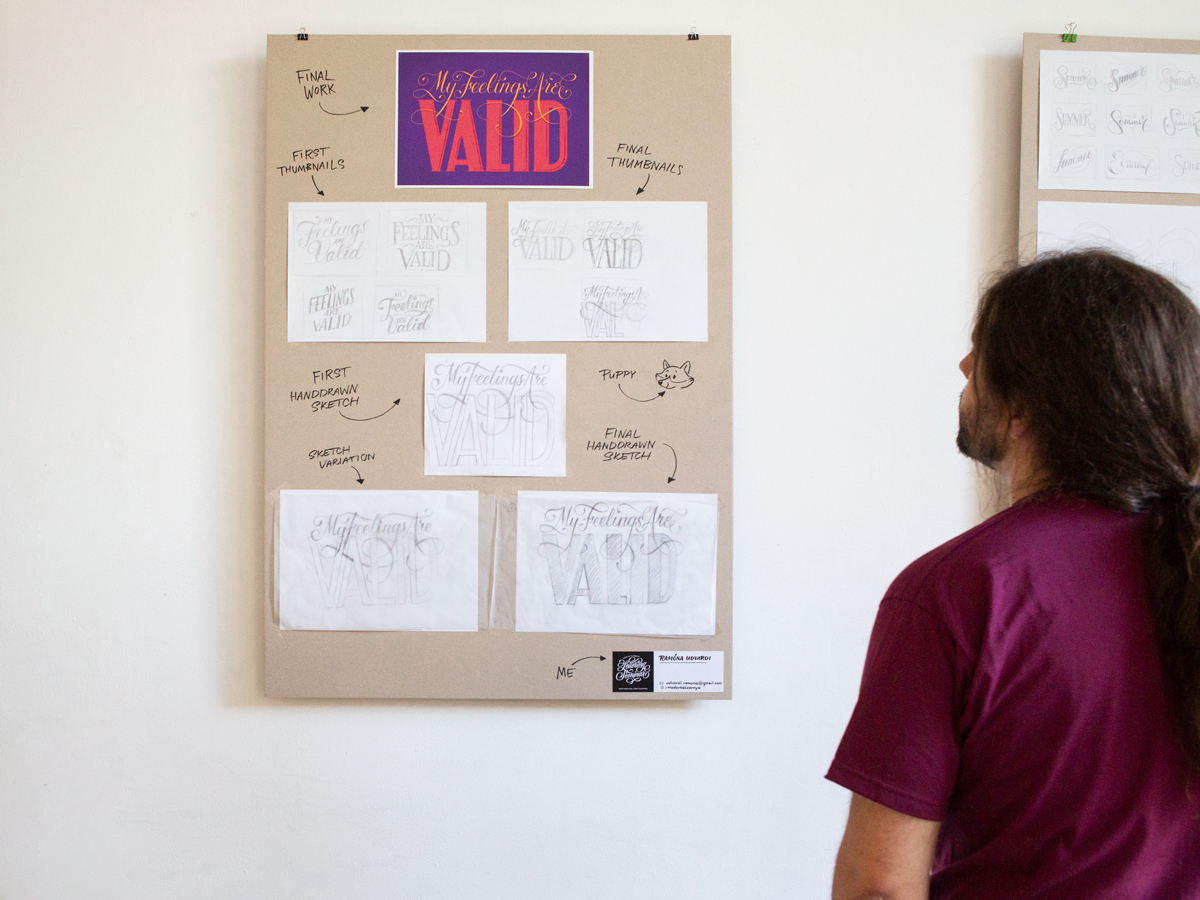
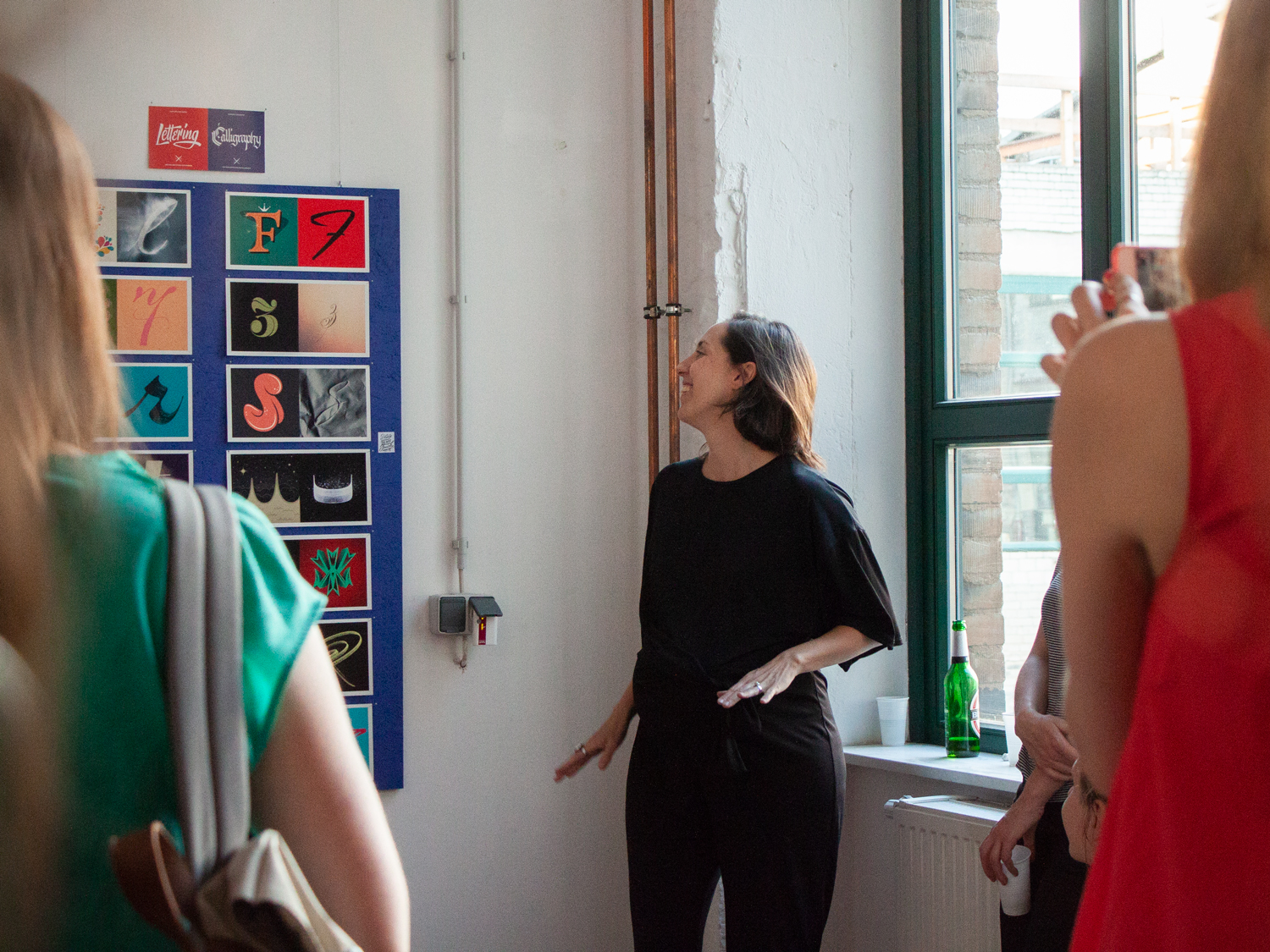
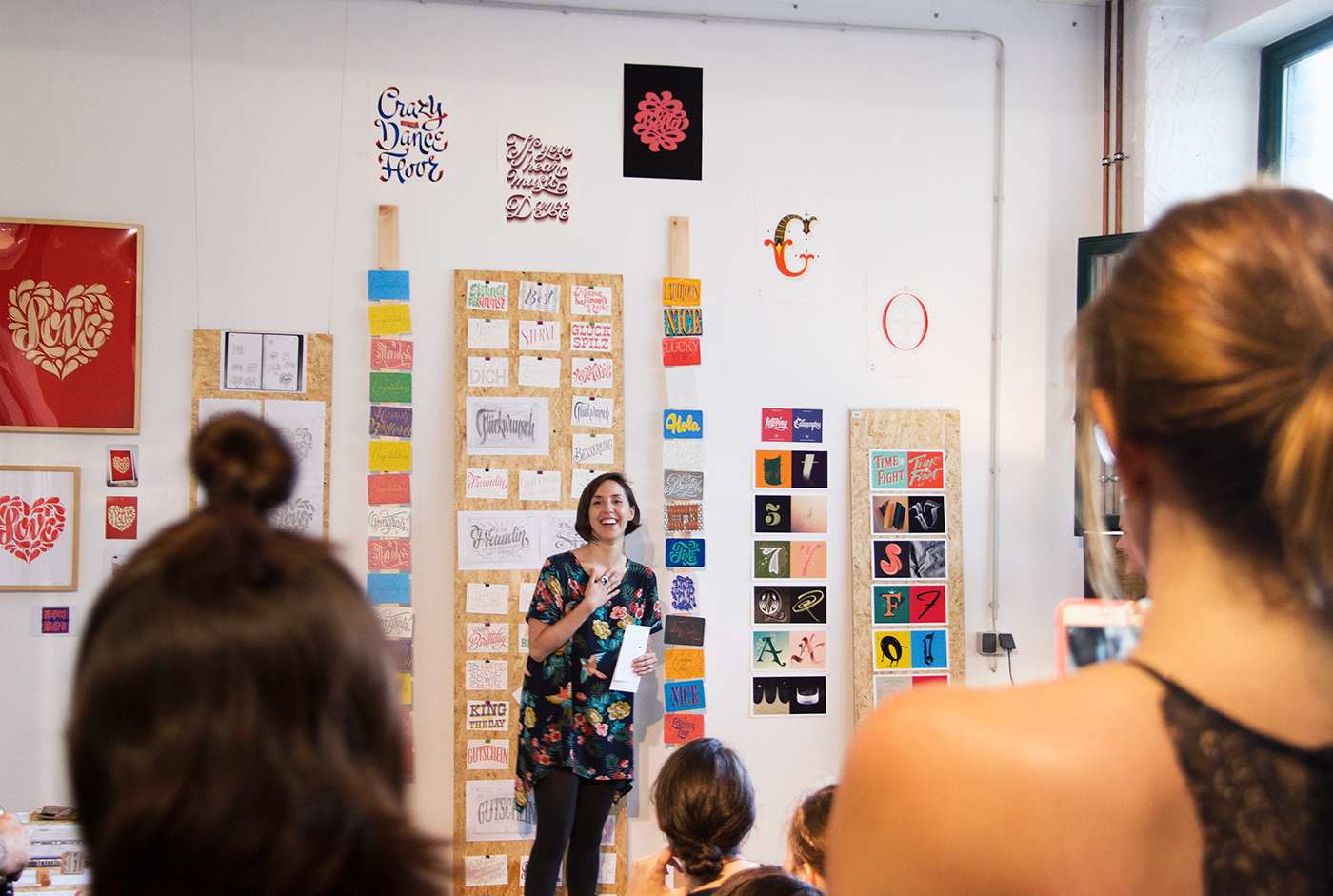
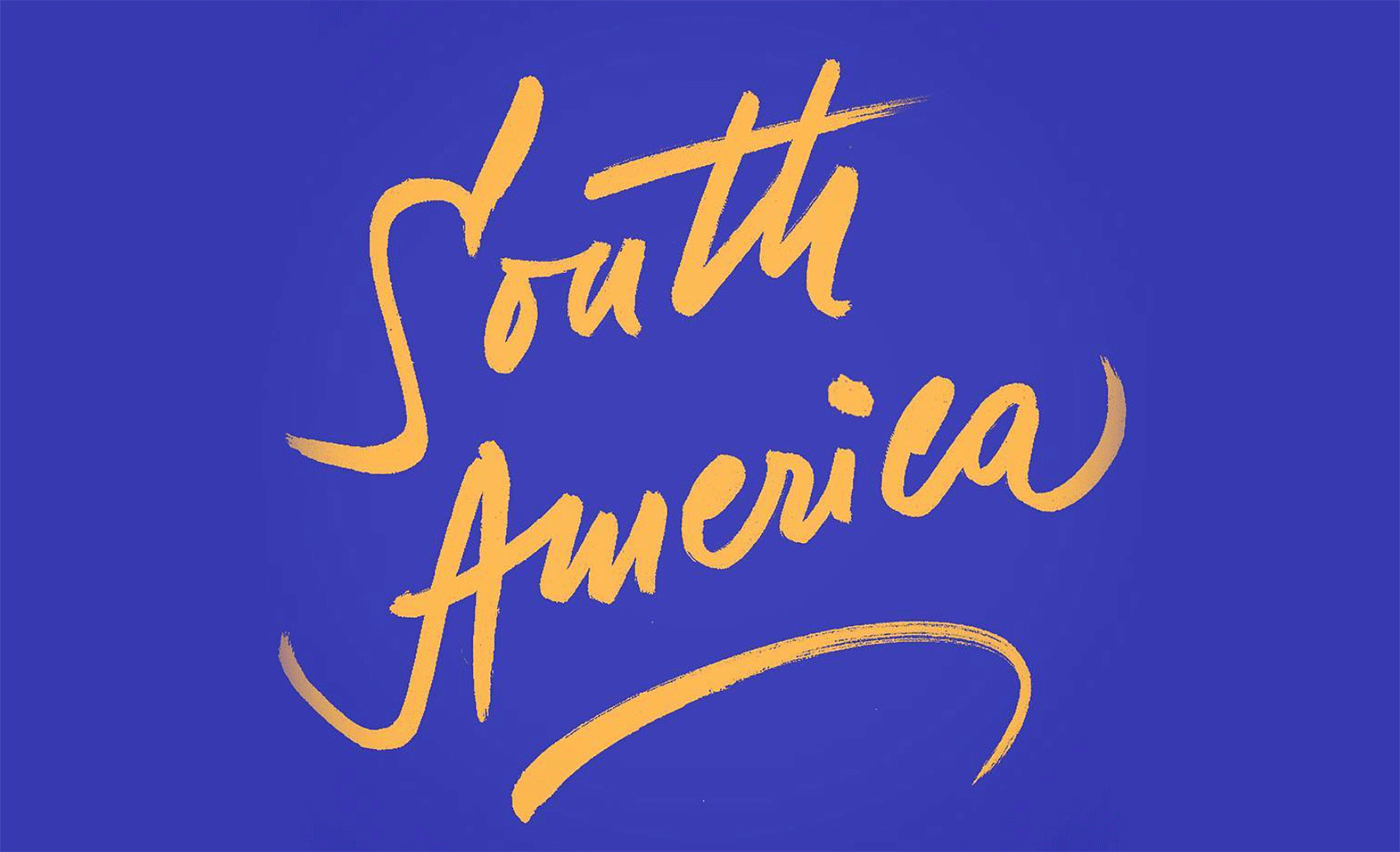 I'm thrilled to announce that I'll be visiting South America this August to talk and teach lettering workshops in several cities. I'll be bringing books and products form my shop with me, too!. The workshops are booked out but you can join me at the talks. Here's a list of workshops and talks per city.
I'm thrilled to announce that I'll be visiting South America this August to talk and teach lettering workshops in several cities. I'll be bringing books and products form my shop with me, too!. The workshops are booked out but you can join me at the talks. Here's a list of workshops and talks per city.